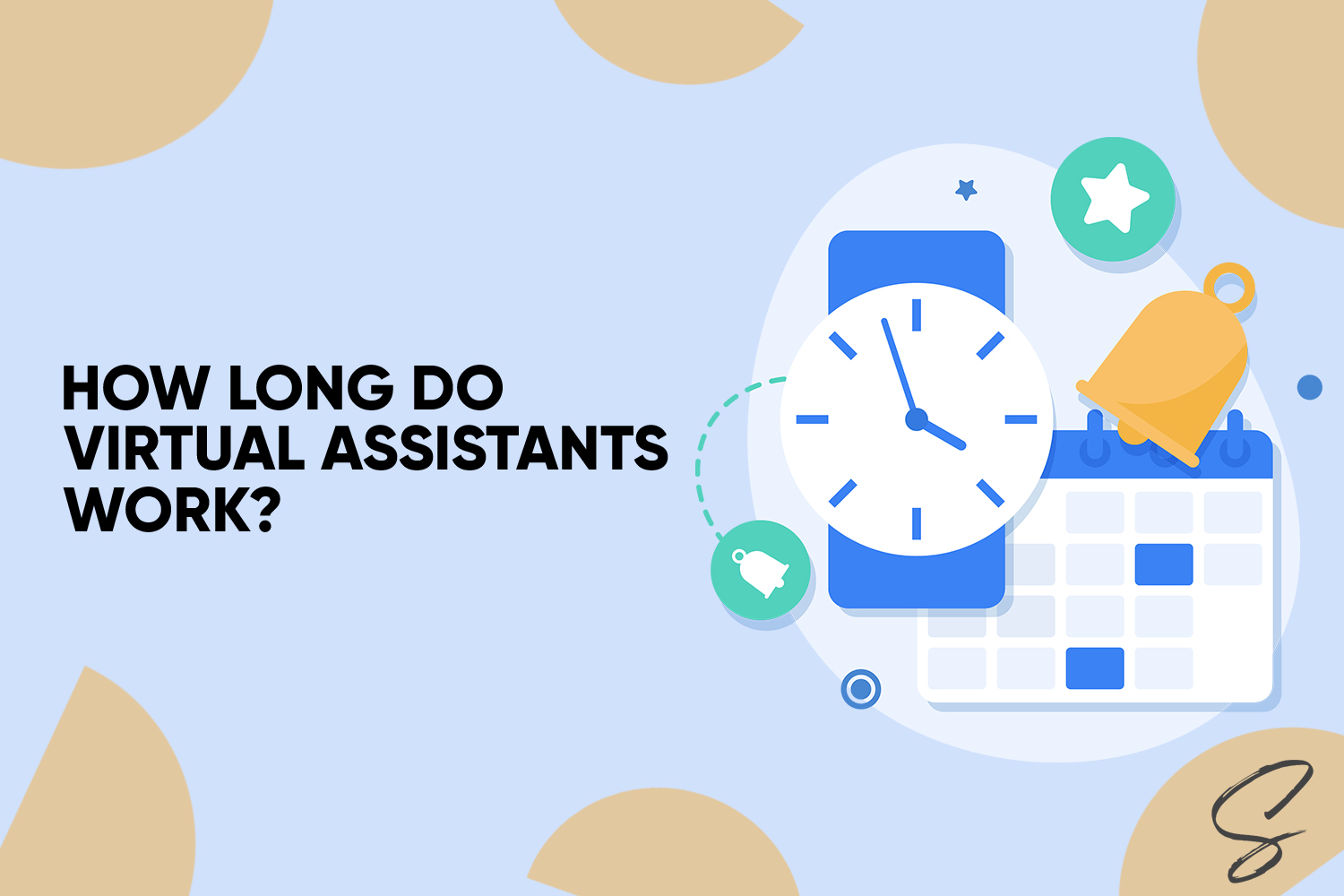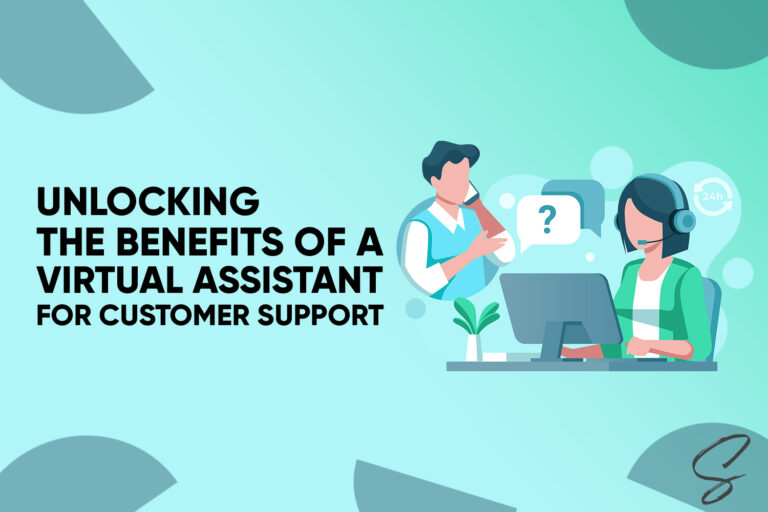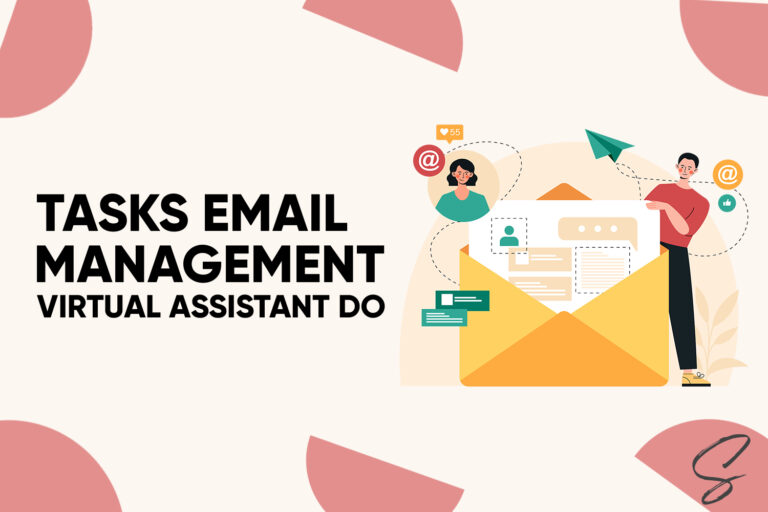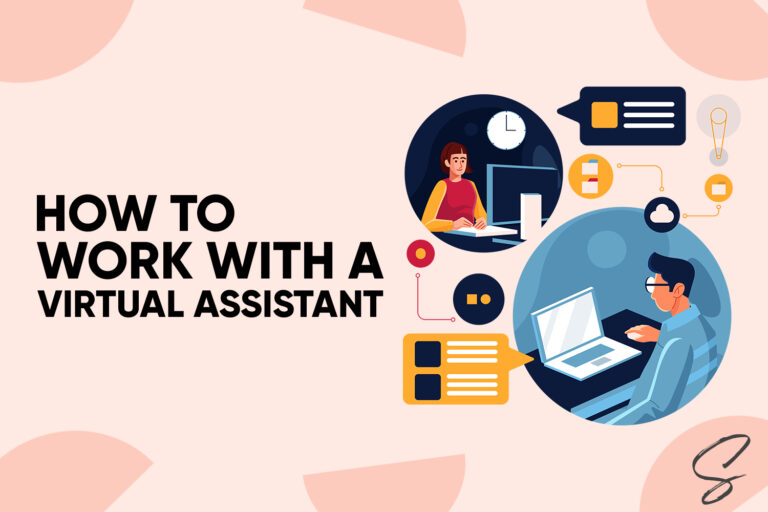Explore our insightful guide on how long do virtual assistants work to understand the flexible work schedules of VAs and how they can efficiently meet your business needs.
In the evolving landscape of modern business, virtual assistants (VAs) have emerged as pivotal assets for small businesses, solopreneurs, and startup founders. These professionals offer not just administrative support but also a range of specialized services, all from remote locations.
Their growing popularity raises an important question: How long do virtual assistants typically work? This blog post aims to shed light on the work hours of VAs, offering insights into their flexible schedules and how this flexibility benefits the dynamic needs of modern businesses.
Understanding the Flexibility of VA Work Hours
The concept of a traditional 9-to-5 workday often doesn’t apply to virtual assistants. This flexibility is one of the key attractions of hiring a VA.
Flexibility Based on Client Needs: VAs tailor their work hours to meet the specific needs of their clients. For a small business that needs only a few hours of support each day, a VA might work just 2-3 hours. In contrast, for more demanding projects or during peak business periods, a VA might work full-time hours or even overtime.
Project-Based Schedules: Many VAs operate on a project-based schedule. Their working hours might vary significantly from week to week, depending on the project’s demands. This flexibility allows businesses to utilize VA services as needed without committing to a fixed schedule.
Time Zone Advantages: VAs often work in different time zones, which can be a significant advantage. For instance, a VA in a different time zone can handle tasks overnight, so the work is completed by the start of the next business day.
This flexible approach to working hours is not just beneficial for businesses in terms of coverage; it also allows VAs to maintain a healthy work-life balance, which can lead to increased productivity and job satisfaction.
Factors Influencing VA Work Schedules
The work schedules of virtual assistants are influenced by various factors, making their roles highly adaptable to the changing needs of businesses. Understanding these factors can help businesses effectively integrate VAs into their operations:
Client’s Business Needs: The primary determinant of a VA’s work hours is the client’s requirements. For instance, a startup might need a VA during specific project phases, while an established business might require consistent daily support.
Nature of the Tasks: The type of tasks assigned also plays a role. Routine tasks like email management might require a few hours daily, whereas complex projects like website development may need more concentrated and extended effort.
VA’s Expertise and Efficiency: Experienced VAs often complete tasks more quickly and efficiently. Their expertise can influence how much time they need to dedicate to a given set of tasks.
Time Zone Differences: VAs and clients working in different time zones can be a factor in scheduling. Some businesses prefer this arrangement as it allows for work to be done outside of regular business hours, ensuring continuous productivity.
VA’s Personal Schedule and Preferences: Many VAs choose this career for its flexibility. Their personal schedules and work preferences, therefore, can influence their availability and working hours.
These factors combined will give you an idea how long do virtual assistants work. The role of a VA is exceptionally versatile, catering to a wide array of business needs while also accommodating the VA’s personal work-life balance.
How Long Do Virtual Assistants Work? Check Their Average Working Hours
When considering hiring a virtual assistant, it’s natural to wonder about their typical working hours. Unlike traditional office-based roles, the working hours for VAs can vary widely based on several factors, including the nature of the tasks and client needs.
Part-time vs. Full-time: Many VAs work part-time, perhaps 20-30 hours a week, especially if they have multiple clients. Others may work full-time hours, especially if they’re involved in more demanding roles or projects.
Project-based Variability: For VAs working on specific projects, their work hours might be project-dependent, intensifying during critical phases and lessening upon completion.
While specific numbers can vary, according to a survey, the average VA works around 25-35 hours per week. However, this number can be higher or lower based on the VA’s preference and client agreements.
In summary, the flexibility in a VA’s work schedule is one of the key benefits of this role, both for the assistants themselves and their clients.
Benefits of Flexible VA Work Hours
The flexible work hours of a virtual assistant (VA) bring a host of benefits to both the VAs and the businesses they support. Here’s how this flexibility translates into tangible advantages:
Enhanced Productivity: VAs often work during their most productive hours, which can vary from person to person. This flexibility allows them to work more effectively, producing better quality work in less time.
Global Coverage: For businesses operating globally, having VAs in different time zones ensures that some aspect of your business is always active, providing the opportunity for around-the-clock productivity and customer service.
Work-Life Balance for VAs: Flexibility allows VAs to balance their professional and personal lives better, leading to higher job satisfaction and lower turnover rates.
Cost-Effective for Businesses: Flexible hours mean that businesses pay only for the hours they need, making VAs a cost-effective solution compared to full-time employees.
Adaptability to Business Needs: Flexible VA hours allow businesses to scale their workforce up or down as needed, providing support during peak times without the commitment of a full-time hire.
Setting Expectations and Communication
Effective communication is key to maximizing the benefits of working with a virtual assistant (VA). Clear expectations and open channels of communication ensure a smooth, productive working relationship. Here are some essential points to consider:
Establish Clear Expectations: Right from the start, outline the tasks you expect the VA to handle, along with any deadlines or quality standards. This clarity helps prevent misunderstandings and ensures that both parties are on the same page.
Regular Check-ins: Schedule regular meetings or check-ins to discuss progress, provide feedback, and address any issues. This ongoing dialogue helps maintain alignment and adapt to any changing needs.
Utilize Effective Communication Tools: Employ tools like email, project management software, or instant messaging apps to stay connected. Choose platforms that work best for both you and your virtual assistant.
Provide Constructive Feedback: Offer feedback that is constructive and specific, helping your VA understand areas for improvement and acknowledging their successes.
Adapt and Evolve: Be open to adjusting communication styles and strategies as the working relationship evolves to find the most effective approach.
Conclusion
In summary, the answer to the question of how long do virtual assistants work are marked by flexibility, catering to diverse business needs while offering VAs a balanced lifestyle. For businesses, this means access to efficient, adaptable support tailored to their specific requirements, ensuring that both parties thrive in this mutually beneficial arrangement.








